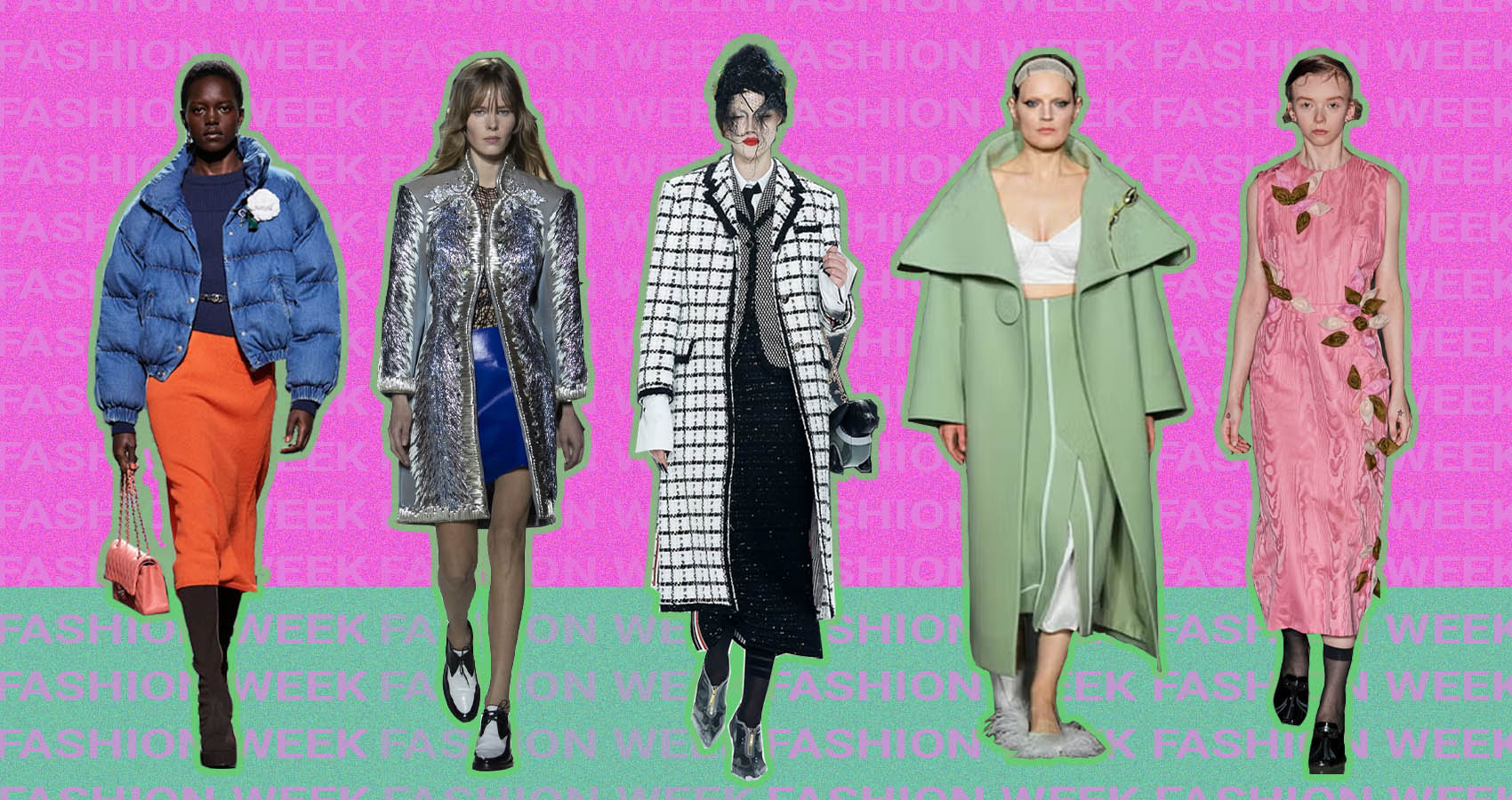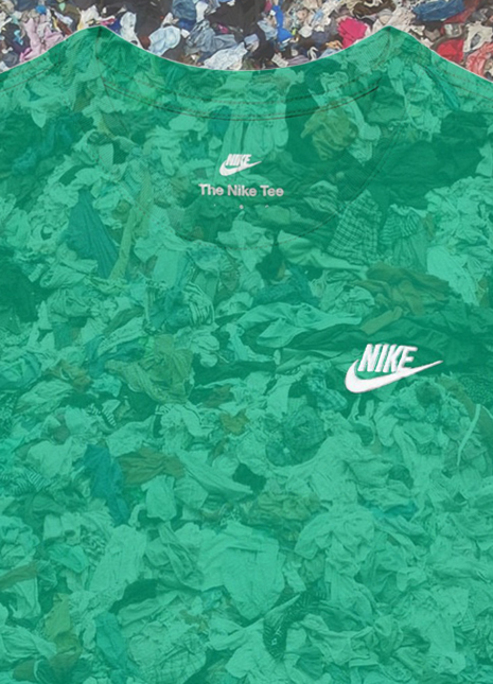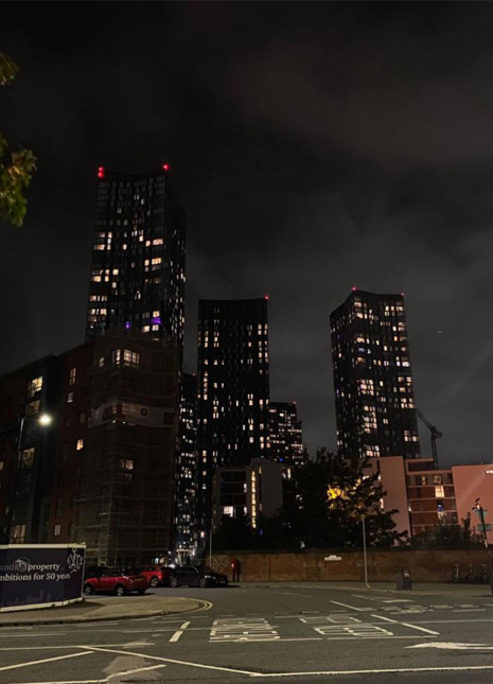
Time Is Money: Designers Deserve More Time To Produce Collections
It's a sign of the times.
Whenever fashion week schedules arrive, a common refrain echoes: 'Wake me up when September ends.' Yet, amidst this time crunch, critics still anticipate timeless pieces from designers. Extending the fashion timeline could revolutionize the way brands and the industry work substantially.
There are three genres of fashion week: ready to wear, menswear and haute couture. They’re held twice a year, usually in February (spring/summer) and September (autumn/winter) and represents the debut of new designer collections. Traditionally, the ‘big four’ fashion capitals become the creative hub in showcasing “local” designers, starting with New York, London, Milan and finishing off in Paris, where they host big league names including Christian Dior, Chanel and Givenchy.
Now, there are official fashion weeks happening every month between January and September, taking place all over the world from Montreal to Hong Kong.
The fashion industry is famous for running on a tight schedule, but the growth and changes to the usual routine make us consider the creative possibilities if fashion houses were awarded more design time.
Creating a collection is an intimate thing for a brand, even more so if it is the creative director’s namesake label. Designs should evolve naturally, free from the constraints of industry-imposed schedules and strategic planning. Designers work overtime to produce great garments, especially within the realm of couture — considering thread counts, practicality, the wearer’s movements.
You might think that someone with significant influence in a brand could simply choose when to exhibit their collection. Technically, this is true. More major labels have been opting out of fashion week over the last 10 years than ever before due to the exhausting, expensive nature of seasonal shows. The ever-increasing number of shows over the year leaves designers fighting for publicity, with fashion week becoming more about stunts and dramatics than clothes. Some of these designers are working against the system that de-humanises fashion houses and take away the sense of artistry, replacing it with conformity. Jacquemus upholds a tradition of presenting outside the official calendar, cherry picking picturesque runway locations in order to amplify social media reach. One-off presentations make the collection debut appear more personal, with the spotlight hitting a singular house, rather than “another brand” amid the fashion week chaos. Albeit there is still major pressure for brands to attend and excel during fashion week, the success of a runway can massively determine media exposure and the success of sales.
If designers were to scratch the scheduled scheme, we can predict a favorable change in trend pace. With the ever-growing list of microtrends, the trend cycle is only speeding up — fast fashion is becoming turbo fashion. In an industry where there will always be a clear struggle in reaching sustainability goals, the best thing to do is to slow manufacturing down at the source. Fashion week helps designers leave their footprint on the world … their carbon footprint. The industry produces, consumers and disposes at an ever-increasing rate, given the opportunity to create on their own terms, designers will be creating fewer micro trends, giving potential buyers and clients time to refine their tastes, rather than force-feeding new collections and trends to consumers.
Does time heal all wounds? Microtrends would still exist in the world of fast fashion, would high fashion become obsolete if designers weren’t keeping up the pace? Designers depend on specified scheduling of fashion shows to bring an otherwise endless creative cycle to an end. A schedule creates anticipation and dependability, in turn creating loyalty in clients. Fashion week is depending on by magazine editors to analyze the vibe of the season to determine trends that need covered, it also allows buyers to recognize and evaluate trends — questioning the value of tradition could send the industry into disarray.
While the rapid pace of fashion week may cater to immediate market demands and maintain a traditional cycle of anticipation and trend-forecasting, by stepping away from the relentless schedule, designers could focus on quality and true innovation. This change would not only enhance the artistic integrity of the collection but foster a more thoughtful consumption pattern among consumers. In an everchanging industry, the rules should be transformed in a potentially regenerative way.











